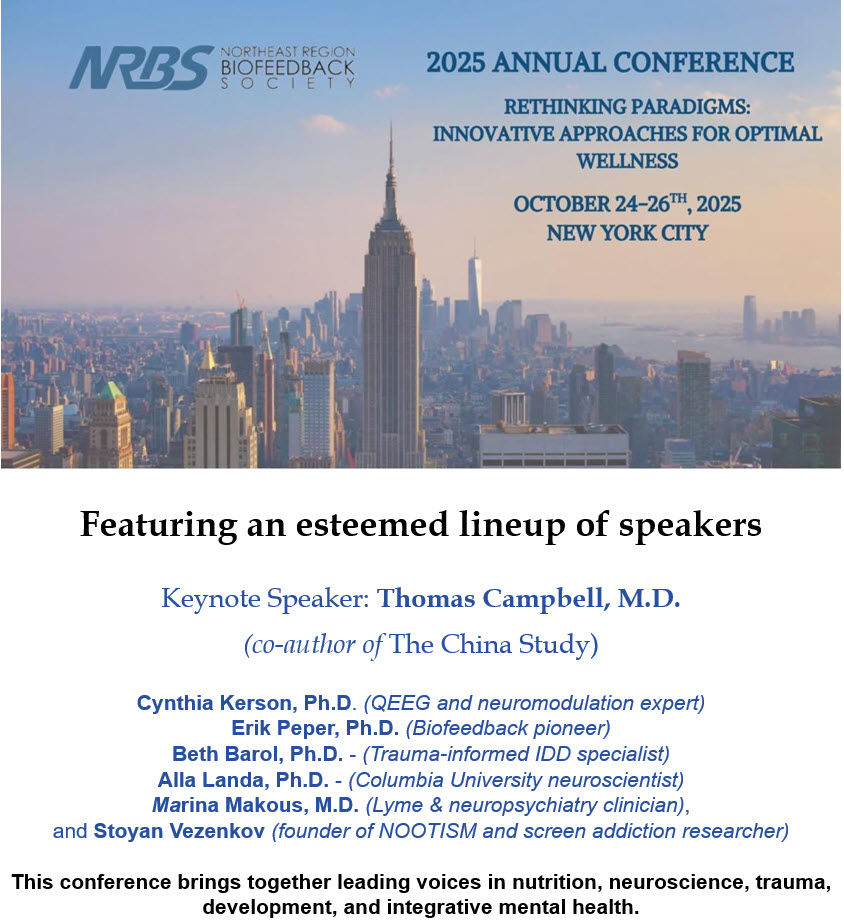5-Minute Science: Are We Missing Autistic Girls?
- Zachary Meehan

- Jul 7
- 6 min read
Updated: Jul 29

The comprehensive review by Lord and colleagues (2020) presents autism spectrum disorder (ASD) as a heterogeneous, highly heritable neurodevelopmental condition shaped by genetic, neurological, and environmental factors.
One often-overlooked dimension is how autism manifests and is recognized differently across genders. Although ASD is historically considered more prevalent in males, this assumption may reflect diagnostic bias rather than biological reality.
Purpose of This Post
This post explores how gender shapes the presentation and diagnosis of autism, and what this means for clinical assessment, early identification, and intervention. Understanding these gender differences is crucial for improving diagnostic accuracy, minimizing delays in care, and developing treatment plans that reflect the lived experiences of autistic girls and women.
Gender Disparities in ASD Prevalence
Epidemiological studies have long reported a higher prevalence of autism in males. Ratios range from 2:1 to 5:1, depending on how cases are identified (Lord et al., 2020). These disparities are particularly pronounced in clinical samples drawn from schools or medical records—a process known as passive case-finding. Because passive case-finding relies on visible and often disruptive behaviors, it is biased toward detecting externalized symptom profiles and thus disproportionately identifies males. It is less effective in detecting cases with internalized symptoms, leading to delayed or missed diagnoses in females or cognitively able individuals who compensate socially (Rutherford et al., 2016).
However, studies using active community-based screening suggest the gap narrows substantially, especially among individuals with co-occurring intellectual disabilities.
Passive referral systems may underrepresent autistic females, particularly those who present without significant behavioral disruptions or developmental delays.
This has implications for school-based referrals, pediatric screening, and general outpatient intake practices. Clinicians should be mindful that girls may not “flag” through typical referral pathways and may require more nuanced or proactive screening.
Diagnostic Blind Spots
Current diagnostic criteria for ASD (e.g., DSM-5) do not include gender-specific symptom profiles. Yet, behavioral expressions of autism may be heavily influenced by gender socialization and symptom internalization or externalization.
Internalized symptom expression refers to difficulties that are largely contained within the individual and may not be readily observable to caregivers, educators, or clinicians. In individuals with ASD—particularly females—internalization often manifests as intense anxiety related to social interaction, chronic self-monitoring, or the adoption of compensatory strategies to mask social deficits. These strategies may include rehearsed or scripted conversation, mirroring of peers’ behavior, or suppressing stimming behaviors in public.
Girls often develop more adaptive social behaviors—such as eye contact, scripted conversations, and imitative play—that superficially mask core deficits in reciprocity and flexibility. They may present as socially competent on the surface, but this apparent proficiency is often the result of effortful masking that obscures their underlying social communication deficits. Their restricted interests may also appear more normative—focused on animals, literature, or fashion—which further reduces clinical suspicion.
Autistic girls are more likely to be misdiagnosed with anxiety, depression, borderline personality disorder, or social communication disorder.
In clinical interviews, they may present as articulate and engaged, particularly if they have high verbal ability, masking deeper difficulties in processing social nuance or managing change. Clinicians must look beyond surface-level functioning and assess for hidden distress, exhaustion from masking, and rigid internal rules governing behavior.
As a result, these individuals may not meet threshold scores on traditional diagnostic instruments like the Autism Diagnostic Observation Schedule (ADOS) or the Autism Diagnostic Interview-Revised (ADI-R), which were standardized predominantly on male populations with more externally visible behaviors. This limits their ability to detect more camouflaged or internalized symptom expressions often seen in females (Lord et al., 2020).
Boys, in contrast, more often exhibit overt and disruptive externalized symptom expression. They perform observable repetitive behaviors, such as hand-flapping, rocking, or echolalia. They may display strong, narrow interests that are atypical (e.g., fascination with electrical wiring, number patterns, or transit systems). They may also experience pronounced language delays, impulsivity, or aggression—symptoms that prompt earlier identification and referral for evaluation. The diagnostic tools currently in use are more attuned to detecting these externalized features.
Cultural and Clinical Bias
Diagnostic disparities are not just measurement issues—they also stem from the expectations of clinicians and caregivers. In one cited UK population study, girls with equivalent symptom severity were significantly less likely to receive an autism diagnosis compared to boys (Lord et al., 2020). This may reflect gendered norms in how social behavior is perceived: shy or anxious behavior in girls may be interpreted as personality-driven rather than neurodevelopmental.
Families, too, may delay seeking evaluation if a girl appears to be “getting by,” despite underlying challenges. Girls are often praised for being quiet, compliant, or academically successful, traits that can obscure the presence of ASD.
Clinicians should critically examine their own diagnostic heuristics. Girls who present with high anxiety, perfectionism, or social fatigue deserve closer evaluation, especially if there are subtle histories of rigid routines, sensory aversions, or relational confusion. Developmental history-taking should explore not just overt social milestones but also the quality and effort behind social behaviors.
Toward More Inclusive Identification of Autistic Girls
Research is increasingly calling for the development of gender-sensitive assessment tools and revised diagnostic practices that capture the full breadth of autistic experiences. This includes the validation of self-report tools that allow for greater reflection from older girls and women, as well as observational methods that attend to more nuanced social presentations.
Clinical training programs must incorporate case examples featuring autistic girls and emphasize camouflaging and compensation behaviors. Similarly, early screening instruments should be evaluated for gender bias, particularly in primary care and educational settings.
Early identification is a powerful protective factor, but its benefits hinge on accuracy.
Clinicians should adopt a low threshold for further evaluation in girls presenting with overlapping features of ASD and mood or anxiety disorders.
This is particularly important in settings such as college counseling centers, gender clinics, or eating disorder programs, where late-diagnosed autism in women is increasingly being recognized.
Takeaway Messages
Apparent male predominance in ASD prevalence may reflect underdiagnosis of females, especially those without intellectual disability or disruptive behaviors.
Girls with autism often present with subtler social difficulties and may mask symptoms through mimicry and compensation.
Standard diagnostic tools may under-detect autism in girls due to gendered symptom expressions and historical male-centric norming samples.
Clinicians should actively explore early developmental history, compensatory strategies, and internalizing symptoms when evaluating girls and women for ASD.
Improved early detection in females may lead to more appropriate supports, reduce secondary mental health complications, and improve long-term outcomes.

Glossary
ADOS / ADI-R: gold-standard diagnostic instruments for ASD. They may be less sensitive to female-typical presentations.
Autism Spectrum Disorder (ASD): a neurodevelopmental condition characterized by persistent deficits in social communication and interaction, along with restricted, repetitive patterns of behavior, interests, or activities. These symptoms typically present in early developmental periods and cause clinically significant impairment in social, occupational, or other areas of functioning.
camouflaging: the use of learned strategies to mask autistic traits, often at significant cognitive and emotional cost. Common in autistic girls and women.
externalizing behaviors: outwardly directed behaviors such as aggression or hyperactivity; more commonly prompt referral in boys.
internalizing behaviors: symptoms such as anxiety, withdrawal, or depression; more common in autistic girls.
population-based screening: identification efforts that evaluate all individuals in a group regardless of prior clinical contact; reduces bias from referral patterns.
References
Lord, C., Brugha, T. S., Charman, T., Cusack, J., Dumas, G., Frazier, T., Jones, E. J. H., Jones, R. M., Pickles, A., State, M. W., Taylor, J. L., & Veenstra-VanderWeele, J. (2020). Autism spectrum disorder. The Lancet, 392(10146), 508–520. https://doi.org/10.1016/S0140-6736(19)31189-6
Rutherford, M., McKenzie, K., Johnson, T., & Catchpole, C. (2016). Gender ratio in a clinical population sample, age of diagnosis and duration of assessment in children and adults with autism spectrum disorder. Autism, 20(5), 628–634. https://doi.org/10.1177/1362361315599311
About the Author
Zachary Meehan earned his PhD in Clinical Psychology from the University of Delaware and serves as the Clinic Director for the university's Institute for Community Mental Health (ICMH). His clinical research focuses on improving access to high-quality, evidence-based mental health services, bridging gaps between research and practice to benefit underserved communities. Zachary is actively engaged in professional networks, holding membership affiliations with the Association for Behavioral and Cognitive Therapies (ABCT) Dissemination and Implementation Science Special Interest Group (DIS-SIG), the BRIDGE Psychology Network, and the Delaware Project. Zachary joined the staff at Biosource Software to disseminate cutting-edge clinical research to mental health practitioners, furthering his commitment to the accessibility and application of psychological science.

Support Our Friends









Comments